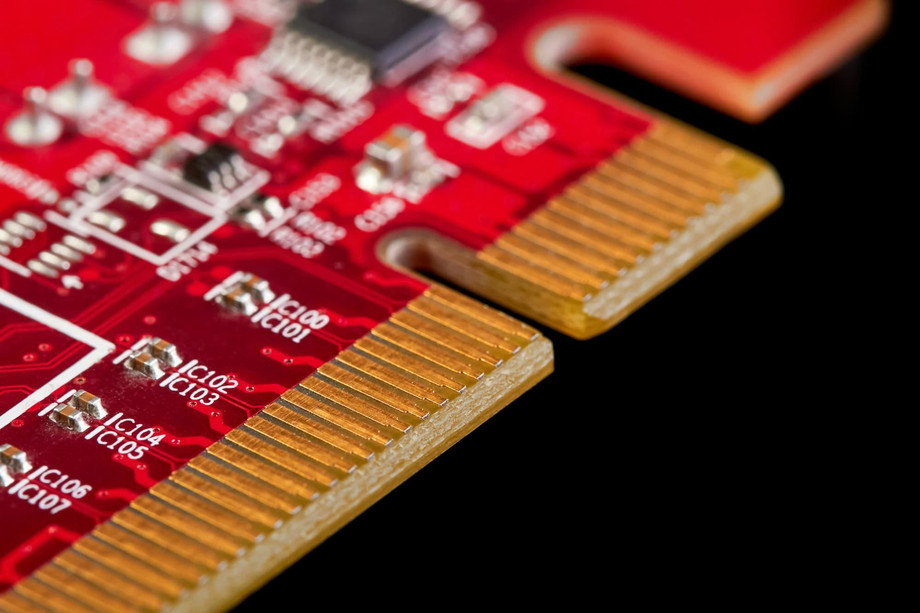Technological breakthroughs are driving a transformation in the healthcare industry. Embedded hardware, the brains underlying many medical gadgets that are revolutionizing the way we diagnose, treat, and manage health, is at the center of this revolution. This blog covers the domain of embedded hardware solutions and their inventive uses in the field of healthcare.
Embedded Systems: The Internal Powerhouse
Specialized computer systems called embedded systems are made to carry out specific tasks inside of bigger devices. They are perfect for integration into medical equipment since they are small, dependable, and efficient. Microprocessors, memory, input/output (I/O) interfaces, and embedded system software are the standard components of these systems.
The software plays a crucial role in dictating the behavior and functionality of the embedded hardware. It controls how the system interacts with sensors, processes data, and delivers outputs. For instance, an insulin pump's embedded system software might be programmed to monitor blood sugar levels, calculate an appropriate dosage based on pre-defined algorithms, and control the delivery of insulin through a pump mechanism.
Here's a breakdown of some key components of embedded systems:
-
Microprocessor: The central processing unit (CPU) is responsible for executing instructions and performing calculations.
-
Memory: Stores program instructions and data used by the microprocessor.
-
I/O Interfaces: Enables communication with sensors, actuators, and other external devices.
-
Embedded System Software: tailored software designed to control the functionality of the entire system.
Innovation in Action: Embedded Hardware Applications
Embedded hardware solutions are driving innovation across various facets of healthcare. Let's explore some exciting applications:
1. Wearable Medical Devices:
The rise of wearable health trackers and smartwatches is a testament to the power of embedded hardware. These devices incorporate miniaturized sensors like accelerometers, gyroscopes, and heart rate monitors, collecting real-time health data. The embedded system software then processes this data, providing insights into activity levels, sleep patterns, and even potential heart arrhythmias.
2. Remote Patient Monitoring:
Embedded systems are enabling remote patient monitoring, allowing healthcare providers to track patients' vitals from the comfort of their homes. This is particularly beneficial for individuals with chronic health conditions, enabling early detection of potential complications and facilitating timely interventions.
3. Advanced Diagnostics:
Diagnostic equipment like blood glucose meters and imaging devices heavily rely on embedded systems. These systems not only control data acquisition but also power sophisticated algorithms for data analysis. This allows for faster and more accurate diagnoses, leading to improved patient outcomes.
4. Therapeutic Devices:
Embedded hardware is playing a vital role in therapeutic devices such as insulin pumps, pacemakers, and defibrillators. These devices utilize embedded system software to precisely deliver medication, regulate heart rhythm, and even provide life-saving shocks in critical situations.
5. Robotics in Healthcare:
Surgical robots are revolutionizing minimally invasive procedures, and embedded hardware plays a key role in their operation. These systems provide precise control over robotic arms and instruments, allowing surgeons to perform complex procedures with enhanced dexterity and minimal patient trauma.
The Rise of Edge Computing and AI
The integration of edge computing and artificial intelligence (AI) with embedded hardware is further pushing the boundaries of healthcare innovation. Edge computing refers to processing data closer to its source, reducing reliance on centralized servers. This allows for faster real-time analysis and decision-making in critical care situations.
AI algorithms embedded within medical devices can analyze vast amounts of patient data, identify patterns, and predict potential health risks. This can empower healthcare professionals with more informed decision-making, leading to the development of personalized treatment plans and preventative healthcare strategies.
Benefits of Embedded Hardware in Healthcare
The adoption of embedded hardware solutions within healthcare offers a multitude of benefits, including:
-
Improved patient outcomes: Early detection of health issues, real-time monitoring, and precise treatment delivery contribute to better patient outcomes.
-
Enhanced healthcare delivery: Remote patient monitoring, data-driven decision-making, and improved communication between patients and healthcare providers lead to a more efficient and effective healthcare system.
-
Reduced costs: Early diagnosis and preventative care can help minimize healthcare expenses associated with late-stage interventions and hospital readmissions.
-
Increased patient empowerment: Wearable devices and access to health data empower patients to take a more active role in managing their own health.
The Future of Embedded Hardware in Healthcare
The future of healthcare is undoubtedly intertwined with the continuous advancement of embedded hardware. As technology progresses, we can expect even smaller, more powerful, and energy-efficient embedded systems. This will pave the way for the development of even more sophisticated medical devices, further revolutionizing healthcare diagnosis, treatment, and patient care.
To Know More About embedded hardware

